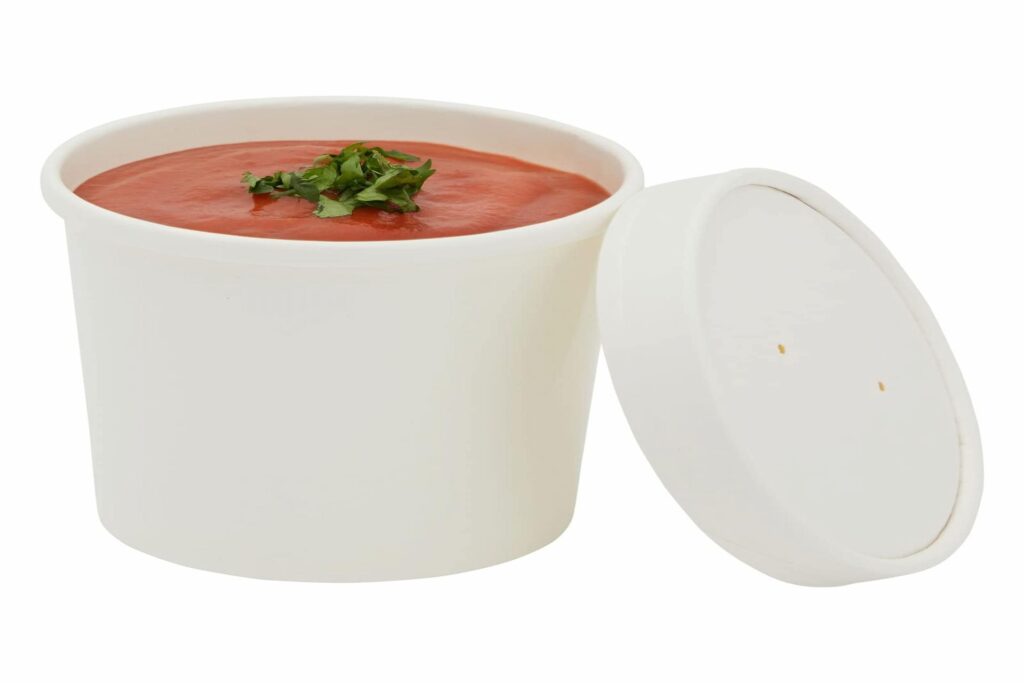When we think of enjoying a warm and comforting bowl of soup, the focus is often on the flavours and ingredients. Yet, have you ever stopped to consider the impact of the container itself? The choice of soup containers goes beyond basic practicality—it can significantly influence the taste and temperature of your culinary creation. In this exploration of culinary science, we unravel the secrets behind how different container materials play a vital role in enhancing your soup experience.
The Role of Material in Soup Containers
Soup containers come in various materials, each with unique properties. These materials determine how well your soup retains its temperature and taste. Whether you’re enjoying a hearty homemade stew or a delicate consommé, the choice of container material can make all the difference. From classic ceramic and stoneware to modern options like plastic and stainless steel, let’s examine how different materials impact your soup journey.
Ceramic and Stoneware Containers: Embracing Warmth and Flavor
Ceramic and stoneware vessels are widely recognised for their remarkable capacity to retain heat effectively. As you elegantly pour your steaming soup into these containers, you open the door to a gastronomic pleasure that radiates cosiness and solace. The porous nature of ceramics contributes to a captivating fusion of tastes, skillfully crafting a harmonious blend of flavours that grows richer over time, enhancing the complete sensory expedition.
Plastic Containers: Convenience and Versatility
In our fast-paced world, convenience is key. Plastic soup containers offer a lightweight and portable option for enjoying your favourite soups. Many plastic containers are microwave-safe, allowing you to reheat your soup without transferring it to another dish. While plastic may not retain heat as effectively as other materials, it offers practicality and versatility for those on the go.
Stainless Steel Containers: The Insulating Powerhouse
If you’re seeking the ultimate heat insulation and durability, look no further than stainless steel containers. These containers retain heat, keeping your soup piping hot for extended periods. Additionally, stainless steel is less likely to impart unwanted flavours to your soup, preserving its original taste profile.
The Perfect Marriage of Taste and Temperature
Choosing the right soup container material is like finding the perfect partner for your soup—someone who enhances its taste and temperature. Whether savouring the slow-cooked flavours of a hearty soup or enjoying the freshness of a chilled gazpacho, the container material can elevate your culinary experience to new heights.
Conclusion: Savor Every Sip, Every Spoonful
As you relish each spoonful of your favourite soup, take a moment to appreciate the subtle yet significant role of the container. The science behind these containers is a testament to how even the smallest details impact our dining pleasure. Whether it’s the warmth of ceramic, the convenience of plastic, or the insulation of stainless steel, your container choice shapes your soup journey.
So, the next time you prepare to indulge in a bowl of comfort, remember that your choice of container material is more than just functional—it’s an essential part of the art of soup enjoyment.
